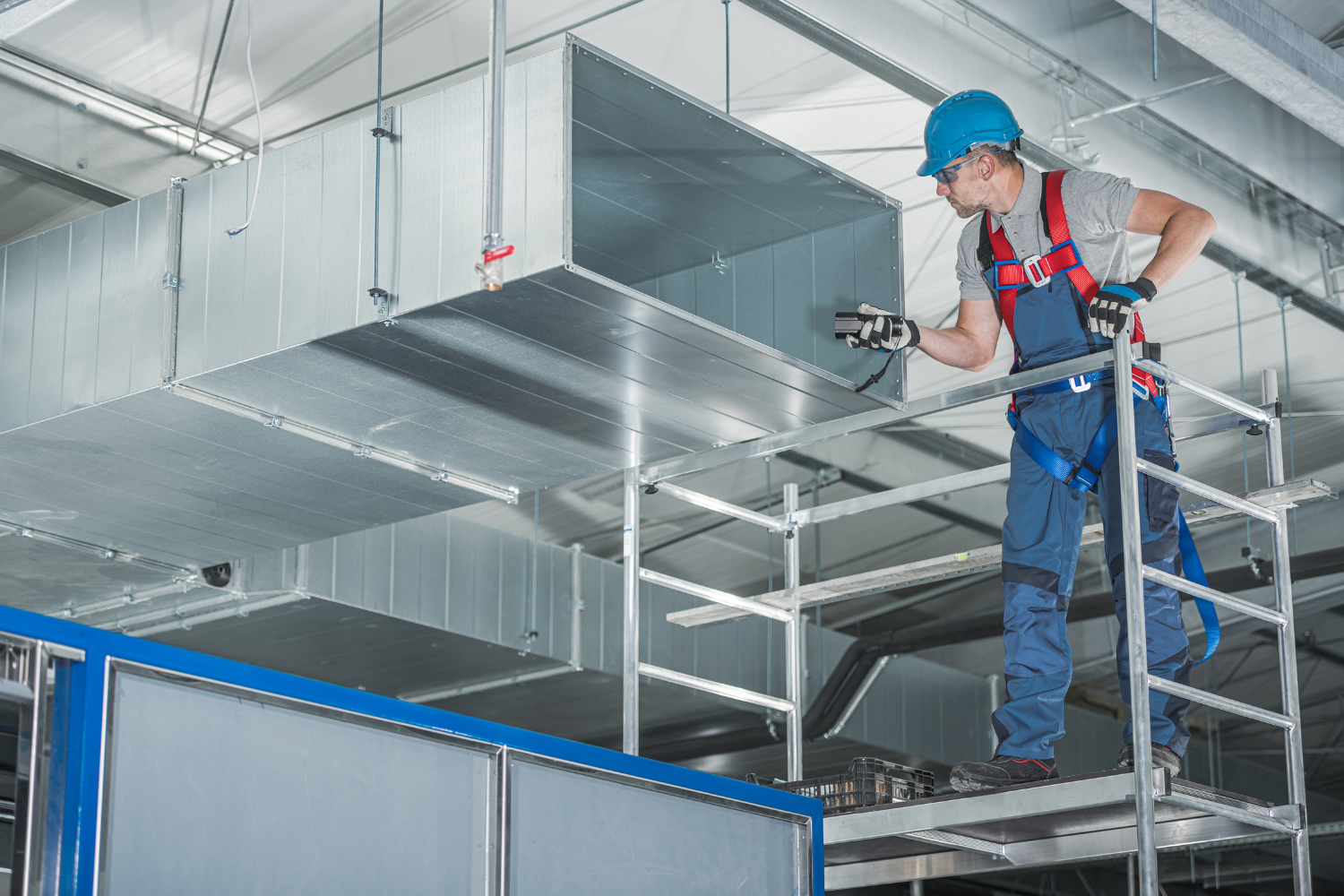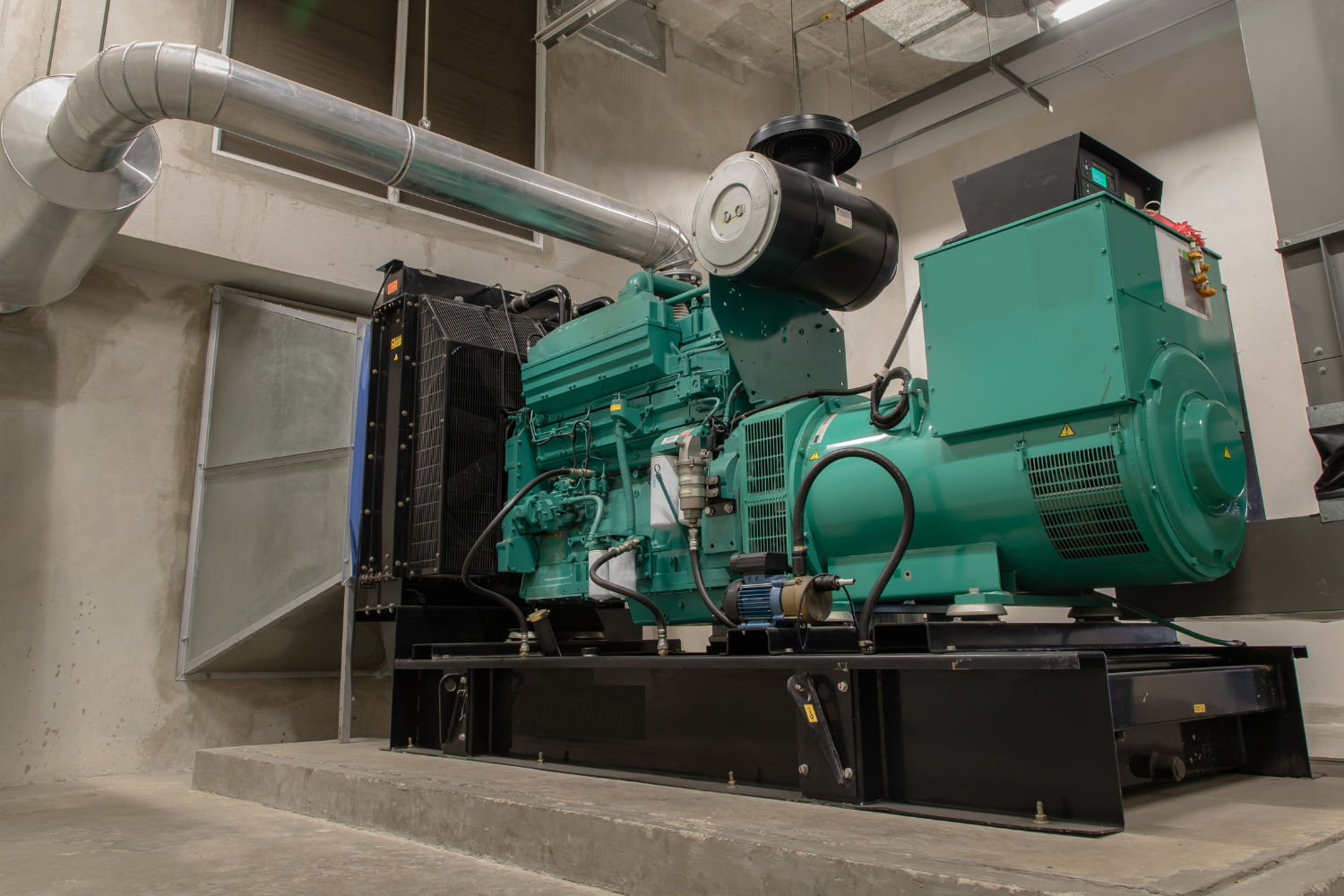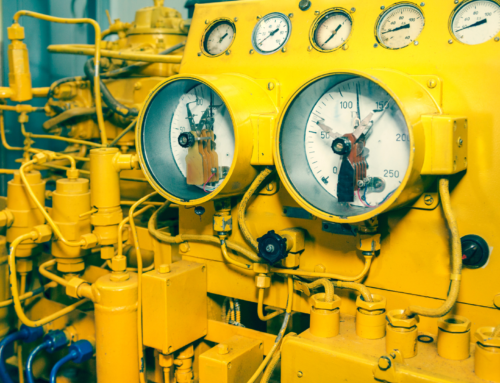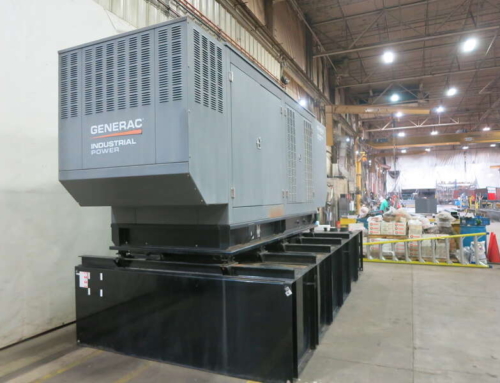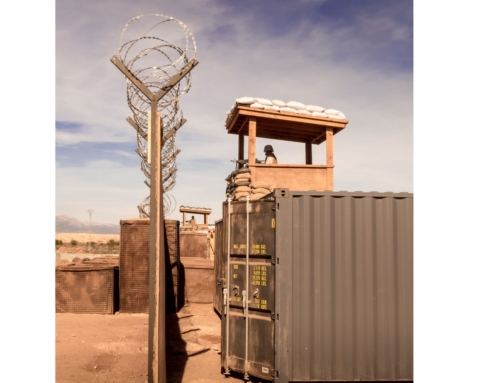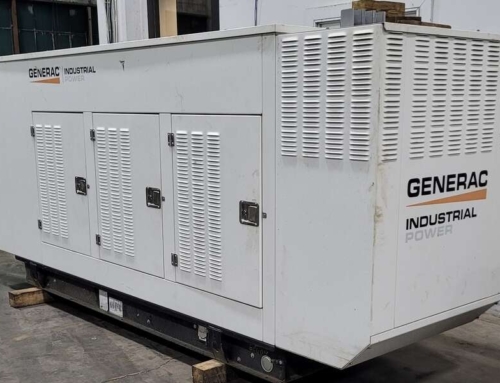Did you know that the emissions of generators account for about 10% of the consumed fuel? Ventilation or air replacement is one of the key aspects of sustainable operations of generators. It must be well-designed considering the environment of the generator room. Adequate ventilation contributes to the safety and efficiency of operations.
The elevated temperature results in increased internal resistance within generator components and modification in the viscosity and composition of the fuel. Colder temperature leads to less than half of the current delivery and instability in the field. They also absorb compression heat, which hampers starting the generator. Owing to such consequences, proper ventilation requirements would help cut maintenance costs and further losses due to lack of efficiency.
Importance of Generator Room Ventilation
Generator room ventilation is important according to different aspects of the company. The poor ventilation setup has the following implications.
- This leads to hot environmental temperatures and engine overheating, resulting in damage to the head gasket.
- It can not prevent loud noise, thus disrupting the proper flow of work
- It leads to power loss, affecting the overall productivity of the organization
- Decreases the working life of the generator
- Adds to the risk of fire hazards
- Contributes to accumulation of carbon monoxide emissions aiding to potential lethality
- Enhances greenhouse gas emissions, hampering the air quality
Ventilation Systems For Generator Room Ventilation
The generator room ventilation systems are of different types. Choosing the one that suits the generator room and other factors is important. The requirements may vary, and here are the different types that should be known before choosing one:
- Forced Exhaust Ventilation
It is effective in maintaining a controlled environment but requires a well-designed exhaust system with strategic placement of fans.
- Supply and Exhaust Ventilation
It required proper design for effective balance and to avoid air stagnation. It ensures a continuous supply of fresh air in combination with expelling.
- Natural Ventilation with Louvers
These are cost-effective and energy-efficient, suitable for small generator rooms. They also depend on external weather conditions.
- Emergency Ventilation Systems
They are designed to ensure rapid fire evacuation of heat or gasses during emergencies. They work on integration with alarms or sensors.
- Ducted Ventilation Systems
They are suitable for targeted ventilation in large rooms.
- Combination of Mechanical and Natural Ventilation
They provide flexible and adaptable solutions but only with careful coordination.
Considerable Factors For Choosing a Ventilation System
The industries are required to consider multiple essential factors while choosing the selection of ventilation systems. Here are the key points necessary to be considered:
Generator size and capacity: The design of adequate ventilation varies depending on the size and capacity of generators. The requirements will increase to manage the heat dissipation of large generators.
Room size and layout: The room configurations effectively decide the ventilation strategies to ensure even airflow.
Generator type and fuel: The type of generator and its fuel, like natural gas, diesel, or others, produce different types of exhaust composition. It impacts the ventilation requirements.
Operational requirements: The output and dissipated energies can be the same or different. The decision will be according to continuous airflows, emergency ventilation, and cooling.
Environmental Conditions: The temperature, humidity, and other weather patterns will require amendment in the design of ventilation according to changes.
Integrability: Compatibility for integration with ventilation systems with other systems like HVAC systems or emergency response mechanisms must also be considered.
Regulatory compliance: Consider the building codes, safety regulations, and industry standards before going with a specific choice.
Future expansion: There should always be room for scale-up facilities to accommodate the future needs of the industries.
Tips for Better Generator Room Ventilation
- Ample space presence between the generator and walls or any other blockages to the poor air is a must.
- Proper room should be available for maintenance actions and inspection.
- Prefer curvature design or 45-degree bend angles over 90-degree bend angles to decrease energy consumption.
- Airflow must be horizontal and contact every important component for effective heat transfer.
- Exhaust fans must be placed at heights and vertically above the generator for heat extraction and undesirable emissions.
To Conclude
Understanding the generator room ventilation intricacies and requirements is a step towards harnessing the more required output and effective prevention of losses in multiple terms. With a good amount of monetary investment in the field being dissipated, effective investment in managing the dissipation is important to prevent further losses. Effective beforehand planning considering the generator size and capacity, room details, and knowledge of the requirements, strategies can be formulated to minimize the loss. Consider giving it a chance or performing a comparative loss study to have an overview yourself.
Common Questions About Generator Ventilation Room Requirements
What is the prime purpose of the ventilation system in the generator room?
The proper ventilation serves two main purposes: producing enough oxygen for fuel combustion and cooling the environment surrounding the generator.
What should be avoided while considering a generator ventilation room?
Outdoor generator placements must not be positioned to accumulate the emissions in contained spaces. Positioning must be appropriate to let go of the exhaust.
Can I use the same ventilation system for multiple generators in the same room?
The general recommendation is to have a specific ventilation system for each generator. It prevents cross-contamination of the exhaust gasses.
What are the challenges in generator room ventilation?
A few common challenges include the inability to accommodate the ventilation owing to room design, lack of space, noise considerations, and the need to balance airflow for proper coding.
What are the signs of inadequate ventilation in the generator room?
The strong smell of exhaust gasses or fumes, poor air circulation, and condensation on surfaces are marks of inadequate ventilation.
What is a backup ventilation system?
It refers to the additional system that functions in the absence of functionality of the primary ventilation system. It must be equipped with automatic sensing for auto-start.
What should be the temperature in the generator room?
The generator’s room temperature must be maintained at 18 to 27 degrees Celsius with 40 to 60% of relative humidity.

